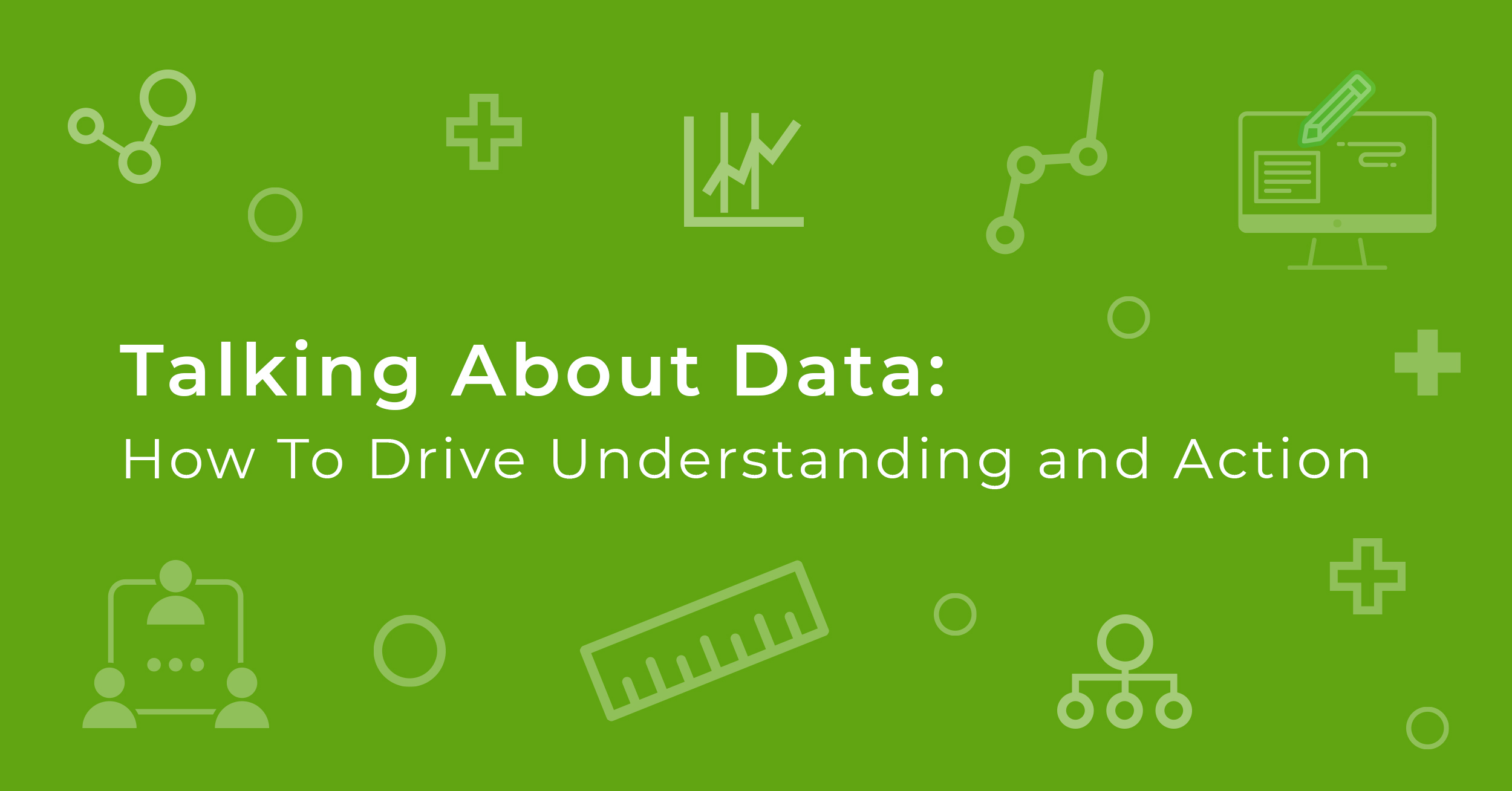
Sharing complex business data with your stakeholders and other audiences, and communicating it in a way that provides insight and drives action, can be a daunting task. What are they looking for? Should you give high-level analysis or a deep dive into the details? What is their level of understanding the data?
Goal No. 1 is clear communication. Effective data analysis enables you to communicate findings accurately in language that audiences can understand. Differing expectations and overuse of specialized language can result in misunderstandings and other barriers to addressing your business needs.
Tell the story.
When developing your analysis, it is important to follow a linear storyline. Our brains like to connect cause to effect and see correlations.
In telling that story, also keep in mind:
- Focus on substance and clear visual representations, not how you got there. Your audience is busy, likely distracted. Help them stay on track.
- More on those visuals … Avoid heavy grid lines, unnecessary text, ornamental fonts and other decorative elements not needed to comprehend the information. If it doesn’t contribute to the story of the data, it doesn’t belong in the analysis. Or, an analogy I like: Focus on the doughnut, not the dish it’s served on.
- Action comes from emotional connection. Highlight how data ties to the personal and the big picture to help motivate next steps, while being careful not to let your feelings (or your stakeholders’ feelings) about the data distort it to satisfy a preexisting conclusion.
- Present data that has several levels of detail. Even if you’re doing a high-level overview, having supporting information allows you to dig deeper later or answer unexpected questions.
Don’t get lost in translation.
Data is a language of its own, created from a variety of sources. How about another analogy?
Consider data as a natural lake. A natural lake collects water from many different sources: rivers, streams, rainfall … Some of this water flows constantly; some does not. Some sources of the water may bring pollution or debris that muddy the lake. Similarly, a data lake collects information from a variety of structured and unstructured sources for analysis, and that data can also be muddied.
Be careful of jargon. If it’s required, or your business has specialized vocabulary with acronyms and phrases, be sure whatever you include fits the context and is explained. Know that data uses common words, like “significant,” “average” and “normal,” in uncommon ways. A data point can be “statistically significant” or “statistically normal” without being “significant” or “normal” from your audience’s perspective, and you may need to clarify to avoid confusion.
Whenever possible, use shorter words and sentences. Be concise, with plain language. Don’t muddy the lake.
Use data to drive action.
Data analysis provides insights that are actionable, based on knowing your audience and their needs and what they mean to your business goals. Effectively communicating those insights enables you to bridge the translation gap between the data side and the business side.
MP&F can help with both. We offer data analytics services to help you better understand your audiences and their needs, and drive action. Reach out to us if you need support.
